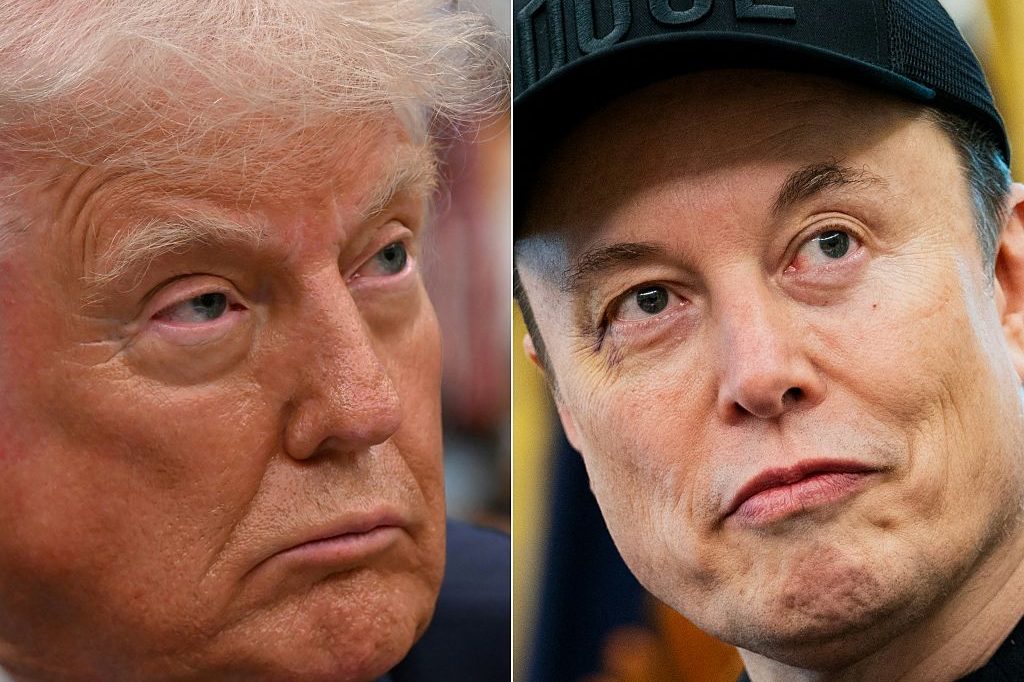Donald Trump is presiding over an unprecedented boom in stealth jet production. He announced the F-47 in March and the F-55 in May – alongside upgrades to the F-22 Raptor. He inherited the B-21 Raider project and will make a decision about the Navy’s F/A-XX program. It promises to be a deadly stable of airborne thoroughbreds.
But before the President and the rest of the national security apparatus commits future generations to paying for these programs, they should pause and consider a basic reality: in most cases, the military doesn’t need manned aircraft to fly over enemy territory anymore. Most of the functions of the four new, exquisite and very expensive, manned aircraft under development can already be performed by other, far less expensive systems.
Manned bombers lost their relevance even before the US Air Force announced the start of the B-21 a decade ago. The B-21 will complete the airborne leg of the nuclear triad (together with land-based intercontinental ballistic missiles and submarine-launched ballistic missiles), capable of striking strategic targets deep inside enemy territory.
But in 2025, there are plenty of ways to deliver a munition to a distant target. The services can employ cruise, ballistic and hypersonic missiles. They have armed unmanned aerial vehicles like the MQ-9 Predator that can spot and engage targets. The Army and Marine Corps both have long-range artillery to deliver munitions. The Air Force has long-range weapons such as the AGM-158 Joint Air-to-Surface Standoff Missile that has a range of 500 miles and costs $1.5 million.
With those alternatives in mind, the idea of sending two human beings flying a $700 million B-21 into the heart of the enemy’s heavily defended airspace to drop a $25,000 bomb makes little sense.
Unlike a manned bomber, fighter jets do still retain some military utility. But many of their capabilities can also be performed by unmanned systems. For instance, drones can be used for reconnaissance and localized air superiority can be achieved through ground-based air defense systems. In the 21st century, there is no need for fleets of bombers to be escorted by swarms of fighters over the enemy’s capital.
This isn’t to suggest that manned fighter aircraft aren’t necessary anymore. Soldiers need highly effective attack aircraft, which need equally effective fighters to protect them. Fighter jets are vital to defend the homeland – but because they would be flying over friendly territory, they don’t need to be as sophisticated and stealthy as those designed to penetrate deep into enemy territory.
The President announced that the F-55 would be a twin engine variant of the F-35 Lightning. But the F-35 program has been a boondoggle from the beginning: costs for the program have more than doubled, the jets can still not perform many of the missions assigned to them, they are highly unreliable and the full mission capable rates for all three variants of the F-35 remain far below even the minimum standards. The new F-55 may have improved performance in some areas, but there is no reason to think cost control will be improved.
Trump also greenlit an upgrade package for the F-22 fleet, including improved infrared sensors, new weapons, and advanced threat warning receiver which is expected to cost $4.3 billion. Each jet cost on average $350 million – far more than anticipated – after the number ordered was cut from 648 to 187. Today the jets today have a very low readiness rate of 40 per cent.
The F-47 is intended to be the successor to the F-22. Pentagon officials have been reluctant to reveal anything about the program other than that it will have a longer range, be stealthier, and more reliable than the F-22 and F-35. Former Secretary of the Air Force Frank Kendall testified before Congress that he expected the jets to cost “multiple hundreds of millions” each.
And Navy leaders are planning a sixth-generation fighter jet known as the F/A-XX program. A contract award decision between Boeing and Northrop Grumman is expected this year. Until that happens, about the only thing anyone can be certain about is that it will be expensive.
One telling feature of these new aircraft programs is that they are intended to operate with fleets of drones called Collaborative Combat Aircraft. These drone swarms will compliment the manned aircraft by increasing the number of vehicles in the air, confounding the enemy and creating new methods of attack. But their entire concept invites the question: how much longer will a human pilot need to sit in the cockpit when there are such advanced autonomous systems – that are smaller and cheaper?
It is becoming increasingly clear that the need for manned aircraft has diminished significantly over the past 25 years. That’s not to suggest that all aircraft should be unmanned. There are still plenty of roles like close air support, combat search and rescue and even basic transportation missions where a thinking and immediately responsive pilot is still necessary.
Just because the US military has traditionally employed large fleets of bombers and fighters doesn’t mean that’s what is needed in the future. Success in future wars depends on implementing the right policies now, to safeguard the security of the United States and the lives of the men and women on the front lines.

























Leave a Reply